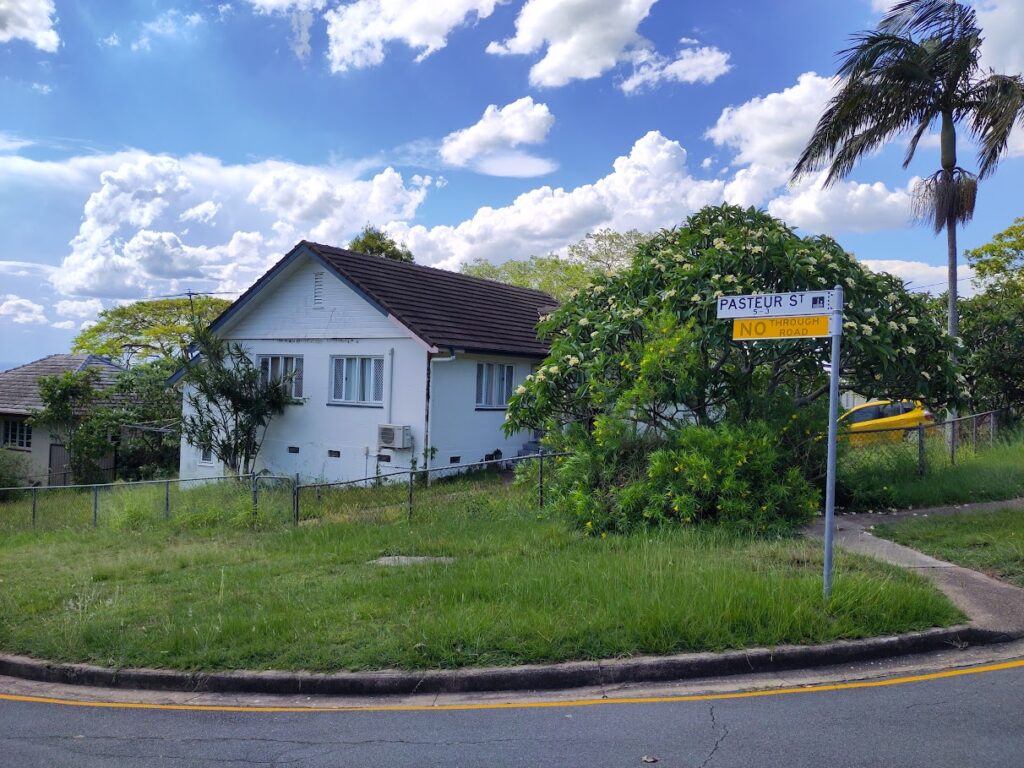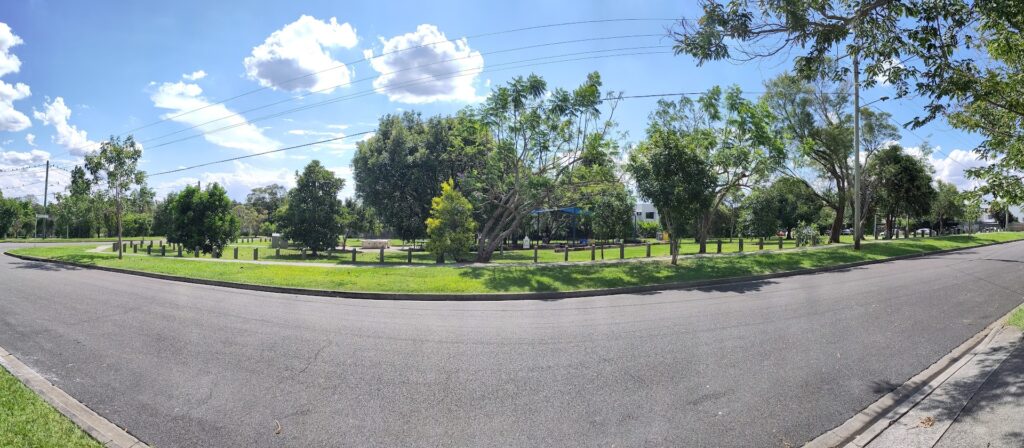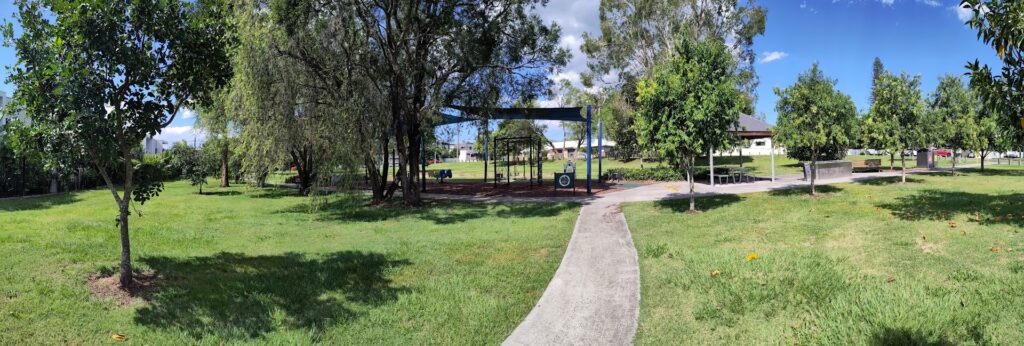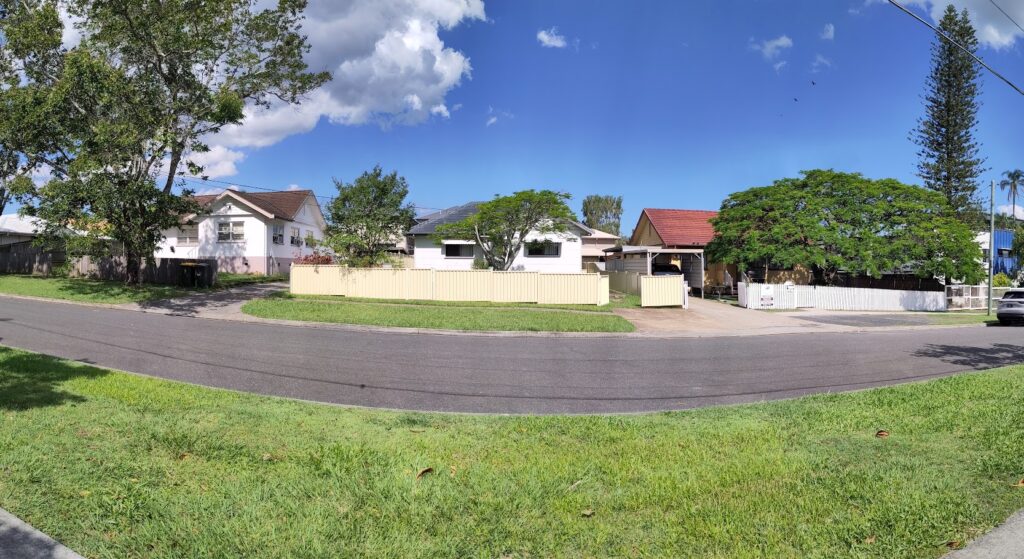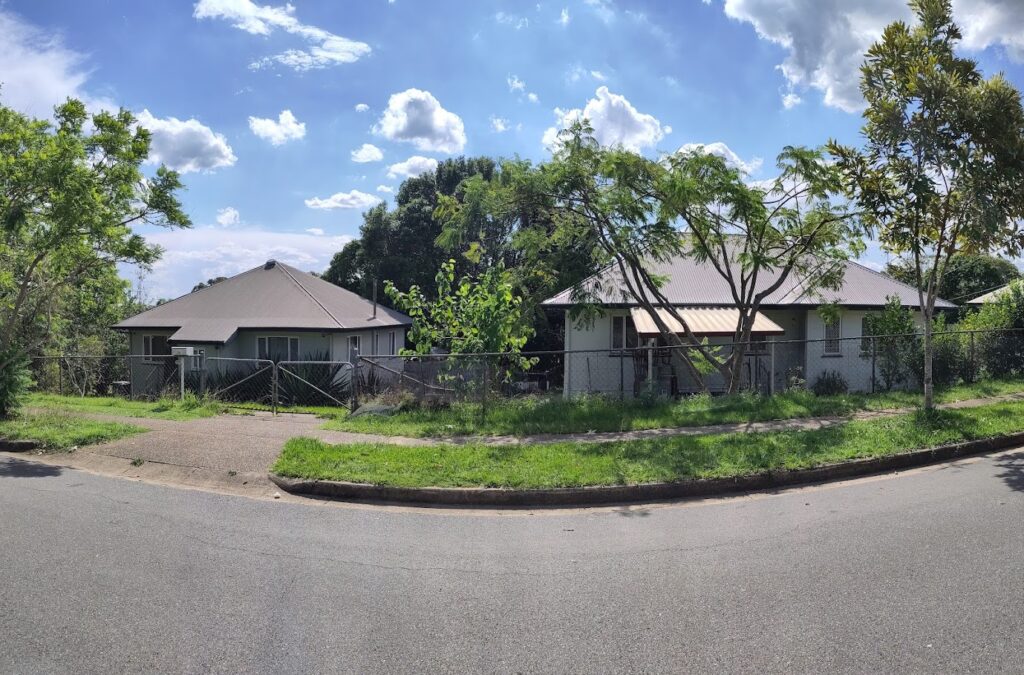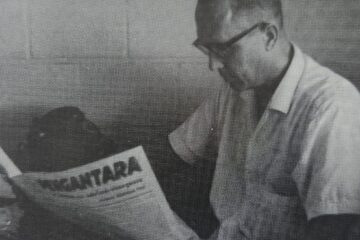The Coopers Plains History Group has put forward a proposal to name the central park at Cornerstone Living in Coopers Plains, Brisbane, “Dutch Park” to celebrate the area’s significant history tied to the post-WWII Dutch Housing Project. Naming the park would honour a unique collaboration between the Netherlands and Australia that addressed Brisbane’s housing shortage in the 1950s and introduced Dutch construction techniques and architectural styles to the city.
Historical Context: The Dutch Housing Project
In the early 1950s, the Queensland Housing Commission partnered with the Australian-Dutch company, Concrete Developments Pty. Ltd., to address Brisbane’s housing shortage after WWII. This collaboration led to the construction of around 300 concrete houses—often referred to as “Dutch Houses”—in the areas around Coopers Plains and Sunnybank. The houses were built using materials, designs, and machinery imported from the Netherlands, along with a skilled Dutch labour force. The project is notable not only for helping alleviate a critical housing shortage but also for introducing Dutch innovation in construction to Australia.
Many of the streets central to this project—including Boundary Road, Breton Road, Everest Street, and Lawford Street—still have examples of these Dutch-style houses, some of which are well-preserved and privately owned. The historical significance of these houses has been recognised, with several in the Sunnybank area being considered for heritage listing. McKoy Park, located in the heart of this original project boundary, thus holds an ideal position as a tribute to this piece of Brisbane’s multicultural heritage.
Why name the Park to “Dutch Park”?
Currently, the Park lacks signage or other identifiers connecting it to the area’s rich history. While it’s believed to be called “McKoy Park” online, simply for its location on McKoy Street, there’s no specific historical connection to the current name. By naming it “Dutch Park,” the site could better reflect its central place in the original Dutch Housing Project, connecting visitors to the history of Dutch-Australian cooperation and innovation in the post-war era.
Such a renaming would align McKoy Park with other Brisbane parks that showcase heritage information and signage. A simple plaque could introduce visitors to the area’s history, with a QR code leading to further resources and historical information about the Dutch houses. Below is a suggested text for the plaque:
Dutch Park
After World War II, Brisbane faced a housing shortage due to rapid population growth. In response, the Queensland Housing Commission worked with Concrete Developments Pty. Ltd., a Dutch-Australian company, to construct approximately 300 “Dutch Houses” between Banoon and Coopers Plains Railway Stations. Built from innovative designs created in the Netherlands, these houses were part of an effort to provide affordable housing while incorporating Dutch architecture into Brisbane’s suburbs. This area remains a testament to post-war collaboration, and many of these heritage homes still stand nearby as symbols of Brisbane’s shared history.
Supporting Dutch Heritage in Brisbane
Renaming McKoy Park to “Dutch Park” would provide an enduring tribute to the Dutch-Australian community’s impact on Brisbane’s development. This initiative invites the community to recognise and celebrate the contributions of the Dutch Housing Project, enhancing understanding of Brisbane’s multicultural roots and preserving this history for future generations.
For more on the Dutch Housing Project and heritage information about these homes, see this article.
Below are photos of the proposed park and some of the Dutch houses.

